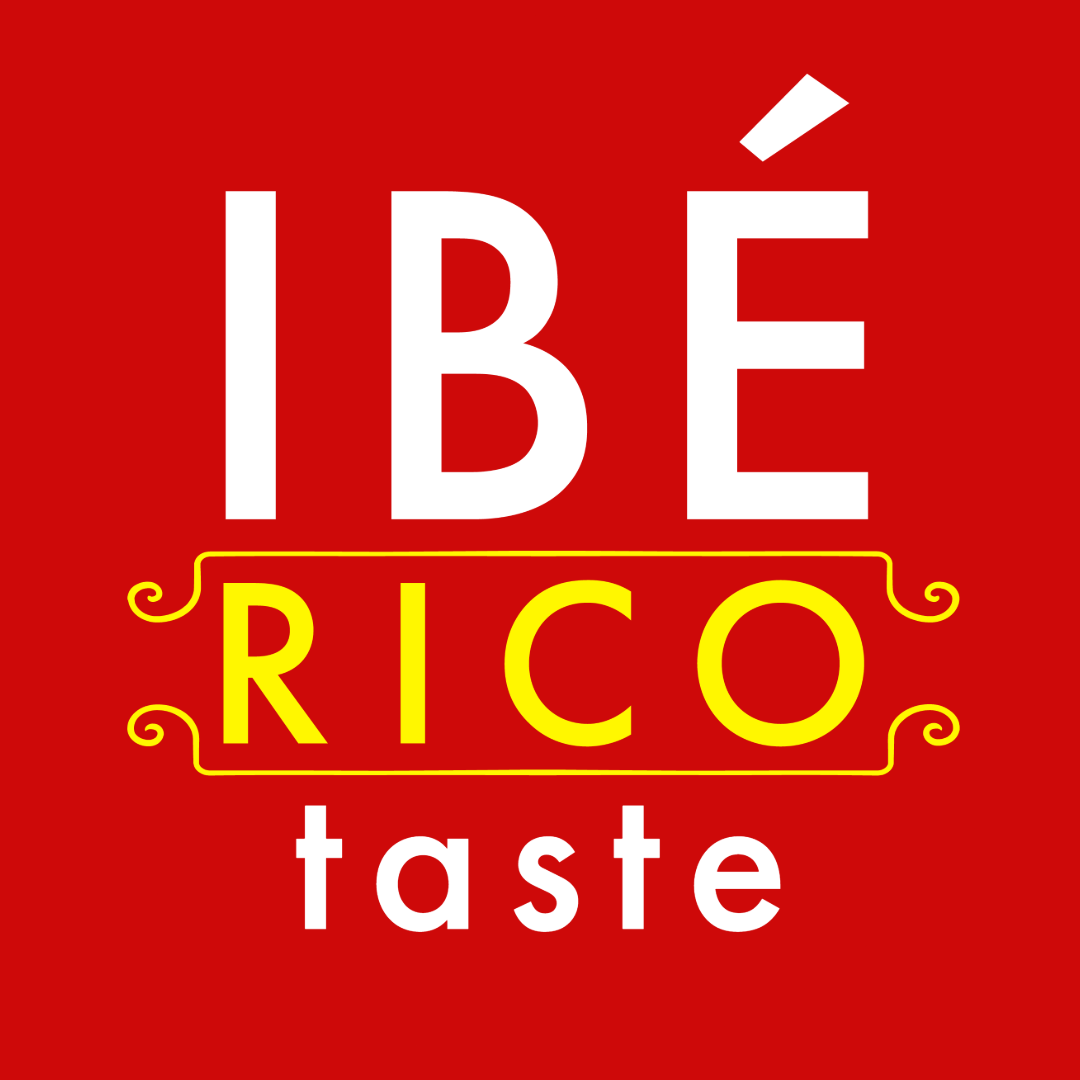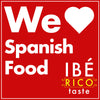
Spanish Turron Candy: A Delicious Christmas Treat
by Guillermo Pabon Garcia
on May 09, 2024
Turron, translated to English as Nougat, a delicacy with roots deeply embedded in Mediterranean culture, is a confectionery marvel cherished for its rich history, diverse varieties, and delightful flavors. Let's embark on a journey to uncover the essence of turron, from its humble beginnings to the latest innovations in taste.
Origins of Turron
The origins of turron can be traced back to Moorish Spain, where it was introduced during the Middle Ages. Initially crafted from honey, almonds, and various spices, turron quickly gained popularity across the Iberian Peninsula and eventually spread throughout Europe. Its name is believed to have been derived from the Latin word "torrere," meaning to toast or roast, reflecting the traditional method of roasting nuts before incorporating them into the confection.
Traditional Types of Turron
Turron de Alicante o Duro (Hard Turron)

Characterized by its firm texture, turron duro is made by cooking honey, sugar, and egg whites to form a brittle candy base, which is then mixed with roasted almonds or other nuts. Once cooled and hardened, it is typically cut into rectangular bars or rounds.
Turron de Jijona o Blando (Soft Turron)

In contrast to its firm counterpart, turron blando boasts a softer, chewier consistency. It is crafted from a blend of ground almonds, honey, sugar, and sometimes egg yolks or olive oil, resulting in a smooth, nougat-like treat that melts in the mouth.
Turron de Chocolate (Chocolate Turron)

A decadent variation of the classic turron, turron de chocolate combines the richness of chocolate with the nutty flavor of almonds. Dark, milk, or white chocolate is melted and mixed with roasted almonds before being molded into bars or discs.
Turron de Yema (Yolk Turron)

This specialty turron features a creamy filling made from egg yolks, sugar, and often ground almonds or other nuts. The yolks are cooked with sugar syrup until thickened, imparting a luscious texture and sweet flavor to the confection.
Innovative Flavor Trends
While traditional turron varieties continue to captivate palates worldwide, modern confectioners are pushing the boundaries of flavor innovation, introducing exciting new combinations and twists on the classic recipe. Some of the latest trends in turron flavors include:
- Fruit Infusions: Incorporating dried fruits such as cranberries, apricots, or figs into turron adds a burst of natural sweetness and a delightful contrast of textures.
- Spiced Varieties: Experimenting with spices like cinnamon, cardamom, or ginger infuses turron with warm, aromatic notes that complement the nutty undertones.
- Citrus Zest Accents: Grated citrus zest, such as orange or lemon, lends a refreshing tanginess to turron, balancing its sweetness with a hint of brightness.
- Exotic Nuts: Beyond traditional almonds, turron makers are exploring the unique flavors and textures of exotic nuts like pistachios, hazelnuts, or macadamias, creating intriguing gourmet blends.
- Savory-Sweet Fusion: Blending savory ingredients like sea salt, rosemary, or even cheese with sweet elements in turron offers a sophisticated flavor profile that appeals to adventurous palates.
Quality Grades Based on Almond Content
In Jijona, the epitome of turron production, minimum measures for some of its ingredients were established. According to these percentages, turron can be classified into several categories:
Supreme Grade
Contains more than 60% almonds. However, the finest turrons often contain 75% almonds or more.
Extra Grade
Contains between 50% and 60% almonds.
Standard Quality
Contains between 40% and 50% almonds.
Popular Quality
Contains between 30% and 40% almonds.
Not Considered Turron
Contains less than 30% almonds.
These categorizations based on almond content provide consumers with a clear understanding of the quality and composition of turron they are selecting. Higher almond percentages typically denote superior quality and contribute to the rich flavor and texture that turron enthusiasts appreciate.
The tradition of Turron in Spain: a holiday treat

Turron is traditionally enjoyed during the holiday season in many Mediterranean countries, particularly Spain, where it holds a special place in Christmas and New Year's celebrations. However, it can be found and enjoyed year-round in various regions where it is popular.
During the holiday season, turron is often served as a dessert or snack alongside other festive treats like polvorones (shortbread cookies) and mantecados (crumbly cakes). It's a customary gift exchanged among friends, family, and colleagues during this time, symbolizing warmth, generosity, and good wishes for the new year.
Outside of the holiday season, turron is still readily available in stores and enjoyed as a sweet indulgence at any time of the year. Its versatility makes it suitable for various occasions, from casual snacking to elegant dessert presentations at special events or gatherings.
Ultimately, while its association with holidays is strong, there's no wrong time to enjoy the delightful flavors and textures of turron. Whether as a treat for yourself or a gift for others, turron offers a delicious taste of tradition and craftsmanship whenever it's savored.

